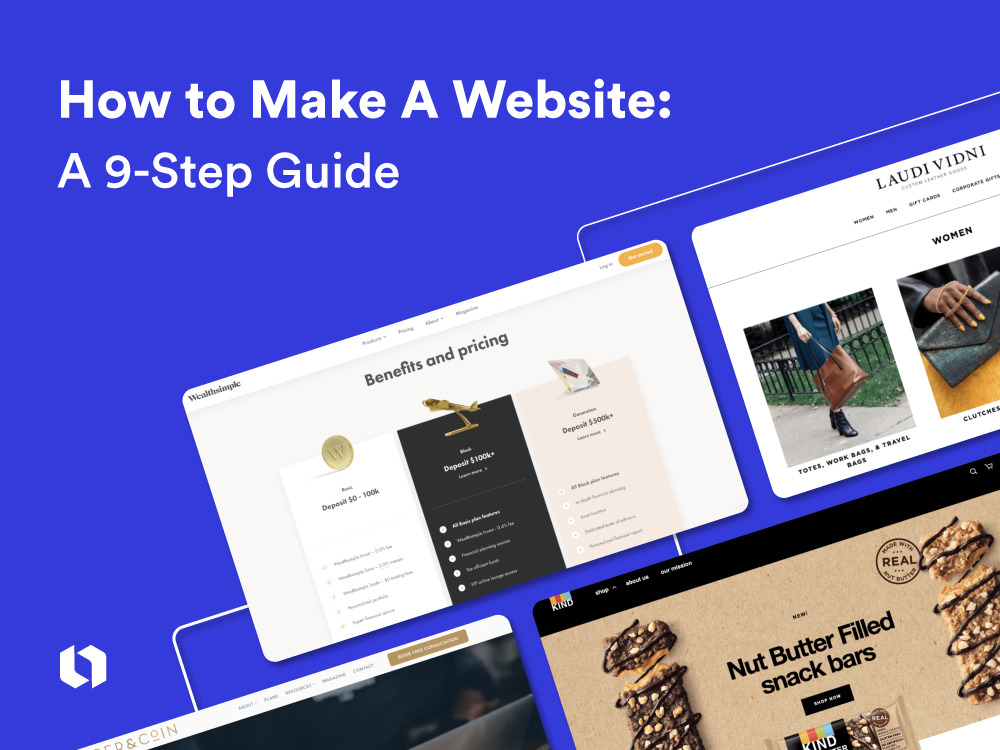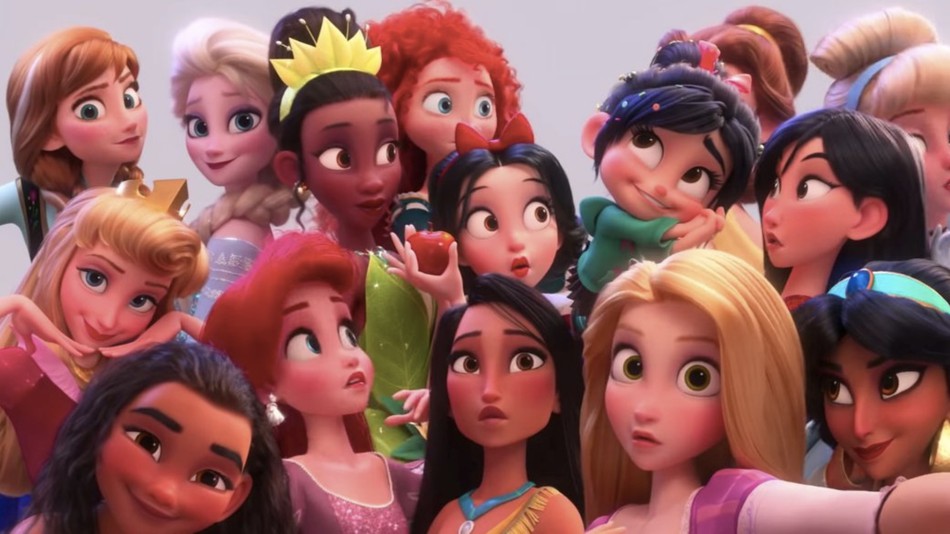My first year of teaching was hectic, and at times, very overwhelming. There were many days where I felt burnt out - overcome with a large amount of relentless feelings. Even when I felt my worst, the desire to improve and keep going remained like a beacon in the dark. My largest desire, my never-ending fuel, was to build a classroom community that felt collaborative and safe. During my first year, there were times that students shared drawings with me or random pieces of poetry that I felt needed to be shared. My students were creating original work and I knew that needed to be celebrated by more than just me. I also realized how students were eager to utilize technology in the classroom. One of my students made music in his free time; when I gave him the chance to submit an alternative assignment, one that supported his music making interests, he submitted the most wonderful work that utilized technology in an innovative way and showed that he knew the material well.
To celebrate the aforementioned examples, I wanted to create a hub for my school, students, and their families. While I pondered for quite some time over what the best platform would be, ultimately I decided that a website made the most sense. The goal of my website is to foster community and collaboration through blogging, class groups, the ability to RSVP to upcoming events (ELA related or school-wide), and share creative work. You will see this reflected on my website. I have tabs dedicated to each goal. In addition, I have a resources section that aims to help students and their families. Over the course of the year, I plan to include resources about cover letters, resumes, and helpful community organizations.
I chose Wix due to its user-friendly interface and easily accessible user tutorials. Wix even has a generative AI tool to help users - this tool is meant to support user creativity while acting as a resource. While my feelings on AI are complex, I can see how AI would be helpful when maintaining a website. When I explored other platforms, like Google Sites, they were helpful but did not have the range of pre-programed functions that I wanted my classroom website to have. Google Sites lets users utilize Google resources, which while expansive, did not have the option to create easy to join/easy to set-up groups that allowed people to comment and post privately and publicly. In addition, the customizability of Wix was something I knew I wanted as the ability to be creative is something that I need when working on projects. Wix made me feel like the opportunities were endless.
My desire to build a website stems from my tech identity. While I entered CURR 501 thinking I was a techno-traditionalist, I quickly learned that I was actually a techno-constructivist. As Noon explains, a techno-constructivist, “uses technology to completely change approaches to teaching and learning in the classroom.” Throughout my first year of teaching, I often attempted to implement technology in the classroom in creative ways. I frequently argued that technology is the way of the future and by ignoring our students' relationship with technology we were setting them up for failure. This argument frequently failed, but sometimes, in small ways, I succeeded. For one assignment, students were meant to collaborate on annotations - responding not only to the text, but to each other for homework. While I wished it was a common occurrence, students only got to do it 1-2 times. Another way I introduced technology into the classroom was through Padlet. Students were split into groups for a vocabulary deep dive. Students would be using Padlet to teach the class what they learned about their vocab word. In addition, students would have to respond to each other both on Padlet and in the classroom. This Padlet ended up being used as a resource for students to come back to later. One of my co teachers and I even created a digital library for students to browse through books. This way, students could see which books were checked out and utilize filters to easily find books that matched their interests. If I had more room to explore and be creative, I would have used the opportunity to introduce even more technology into the classroom.
Of course, I cannot pretend that my website and techno-constructivist ideas are separate from my beliefs. I believe that technology is a resource that can support learning - I do not automatically assume that technology will hinder it. Even further, I believe that teaching needs to adapt to the current climate. We should not be teaching our students techniques that they will never practically use. Outside of technology, I believe that students learn best when they feel respected, heard, and supported. I’ve never understood the saying, “I don’t let them see me smile until December.” Part of creating a supportive learning environment is being true to yourself. I will always be myself in the classroom - I let myself be vulnerable, sad, anxious, and happy. I do not hide my feelings from my students and I am always quick to give them positive feedback. Finally, I believe that students learn best when they engage in experiential, collaborative learning. Students should have the opportunity to apply what they have learned in the classroom in tangible ways. During March of my first year of teaching, I designed an assignment that would focus around a social justice issue they are passionate about. Part of the assignment was reaching the issue, but the other part was creating a flier they could post around the school and hand out in their community.
Part of my beliefs stem from what I’ve learned and/or experienced in college. As an undergraduate, I attended Wellesley College, which believes in a liberal arts education which engages in experiential learning throughout your entire four year degree program. My time at Wellesley College was transformative - it was the first time in my life I was truly in an academic environment that fostered my personal, academic, and professional growth. Much of my teaching beliefs stem from the experience I had in college.
As a graduate student at RIC, I’ve encountered academic text that has furthered my understanding and beliefs as an educator. For instance, Boyd posits that merely being born into a generation does not automatically make someone a master of technology. Not only do youth exist on a spectrum, technological abilities and knowledge vary widely - their identities make interacting with tech differently as well. This is why I believe it is so important to teach technology in the classroom. Schools assume students are proficient in basic technology, even though reality suggests otherwise.
Students are not meaningfully engaged in critical discussions around the use of technology either. Many students do not understand or know what a digital footprint means. Oftentimes, I fear that my students will end up in situations similar to those of Accountable - a book I bought after reading the excerpts for class. Students need to understand the impact that technology has on their lives and others lives. One post can affect a student’s life completely. Like Accountable, I had a few students who engaged in cyberbullying to the point where they were banned from tech usage at school completely.
Both Boyd and Slater make compelling arguments about technology - that students do not have the resources nor understanding to properly engage with technology. Christensen continues to deepen my beliefs and understanding about technology in the classroom. If we want our students to be active citizens with complex thoughts and opinions, they need to be able to critically engage with the media. Critically engaging with media creates individuals who can discover the secret messages that people insert into their literature, films, news segments, etc. Technology is political just as Boyd and Christensen suggest. Therefore, media classes and technology classes are critical for our students' success.
CURR 501 combined with what I’m learning in my action research class with Professor Horwitz, are giving me avenues to make myself heard in my school community. I plan to utilize my classroom website to prove to my school through my action research findings that integrating more technology into the classroom is beneficial for student learning. Technology does not need to be seen as the enemy, but as a tool that supports student learning and creativity. I am determined and dedicated to make changes to my school community; action research and the ideas learned in CURR 501 are the perfect way to carve a path of progress.













:max_bytes(150000):strip_icc()/the-difference-between-trees-and-shrubs-3269804-hero-a4000090f0714f59a8ec6201ad250d90.jpg)

